From our Solar system to the edge of the unknown
(Click the picture or blue text, where it’s available, below for more information including seeing in BSL ![]() )
)
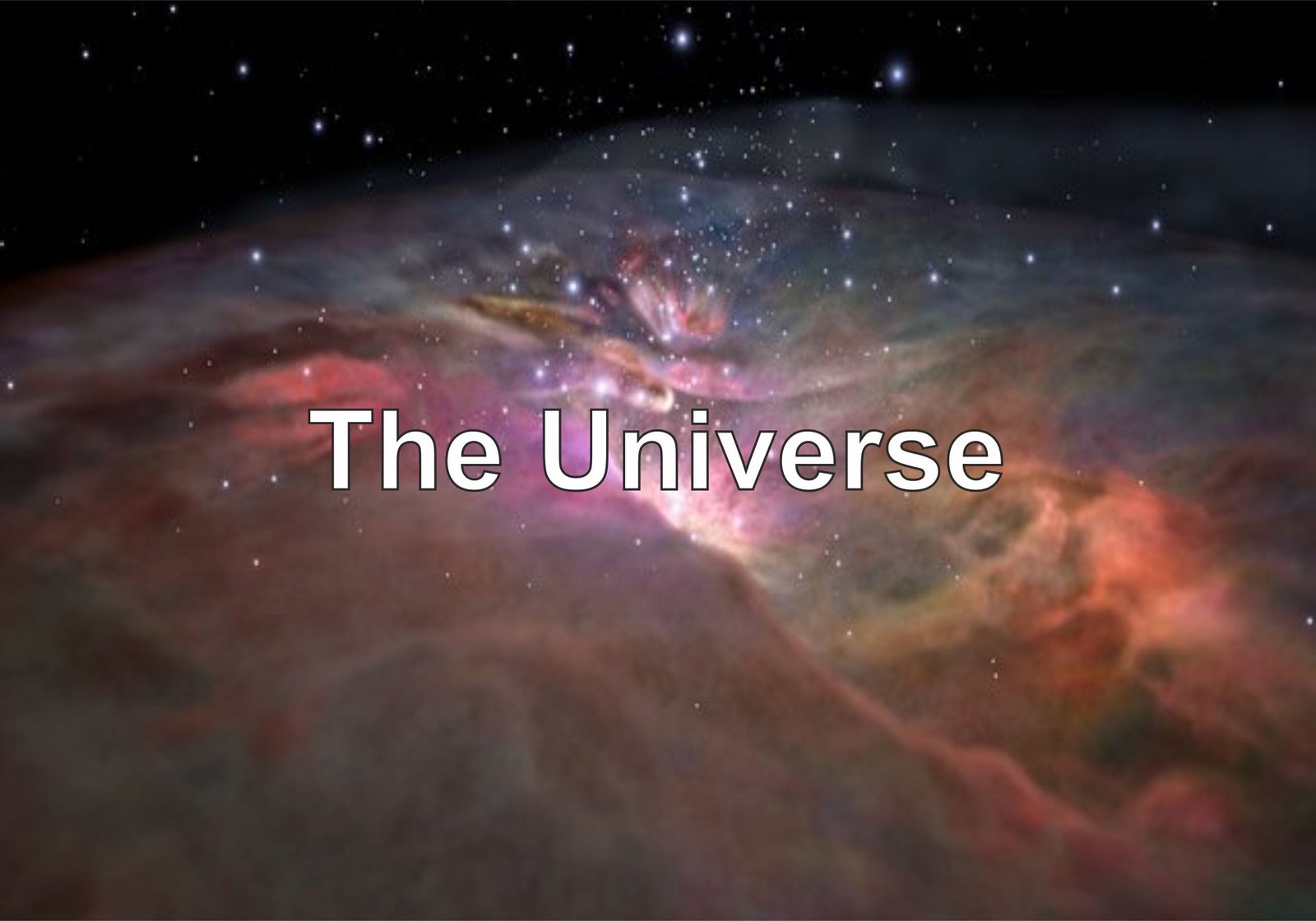
The universe is commonly defined as everything that exists. It includes all kinds of physical matter and energy, planets, stars, galaxies, and all the contents of space.
oooo
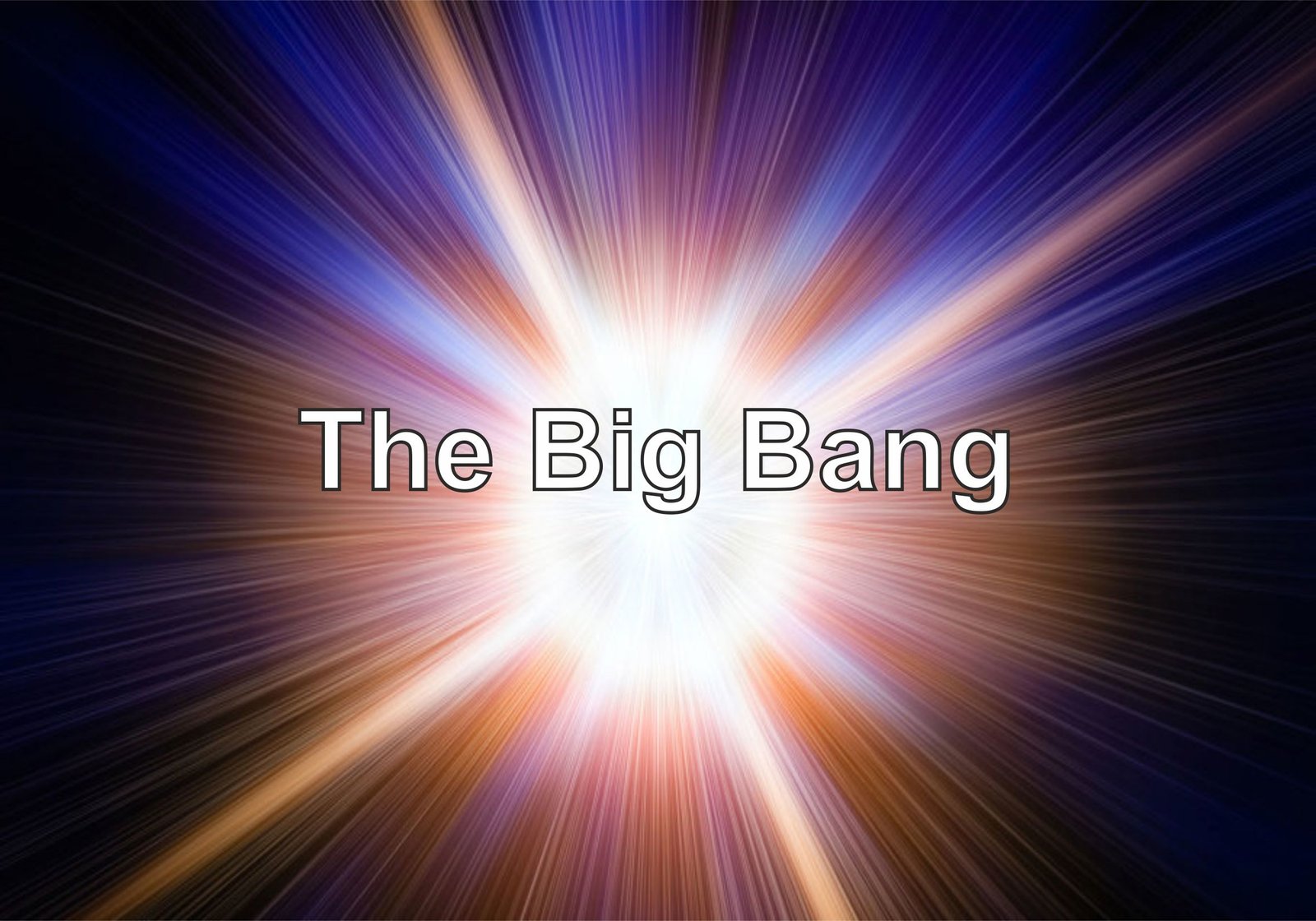
The Big Bang is how astronomers explain the way the universe began. It is the idea that the universe began as just a single point, then expanded and stretched to grow as large as it is right now and it could still be stretching.
oooo
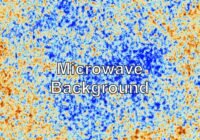
The Cosmic Microwave Background radiation, or CMB for short, is a faint glow of light that fills the universe a weak uniform microwave radiation which is detectable in nearly every direction of the sky, which is believed to be evidence of the Big Bang.
oooo
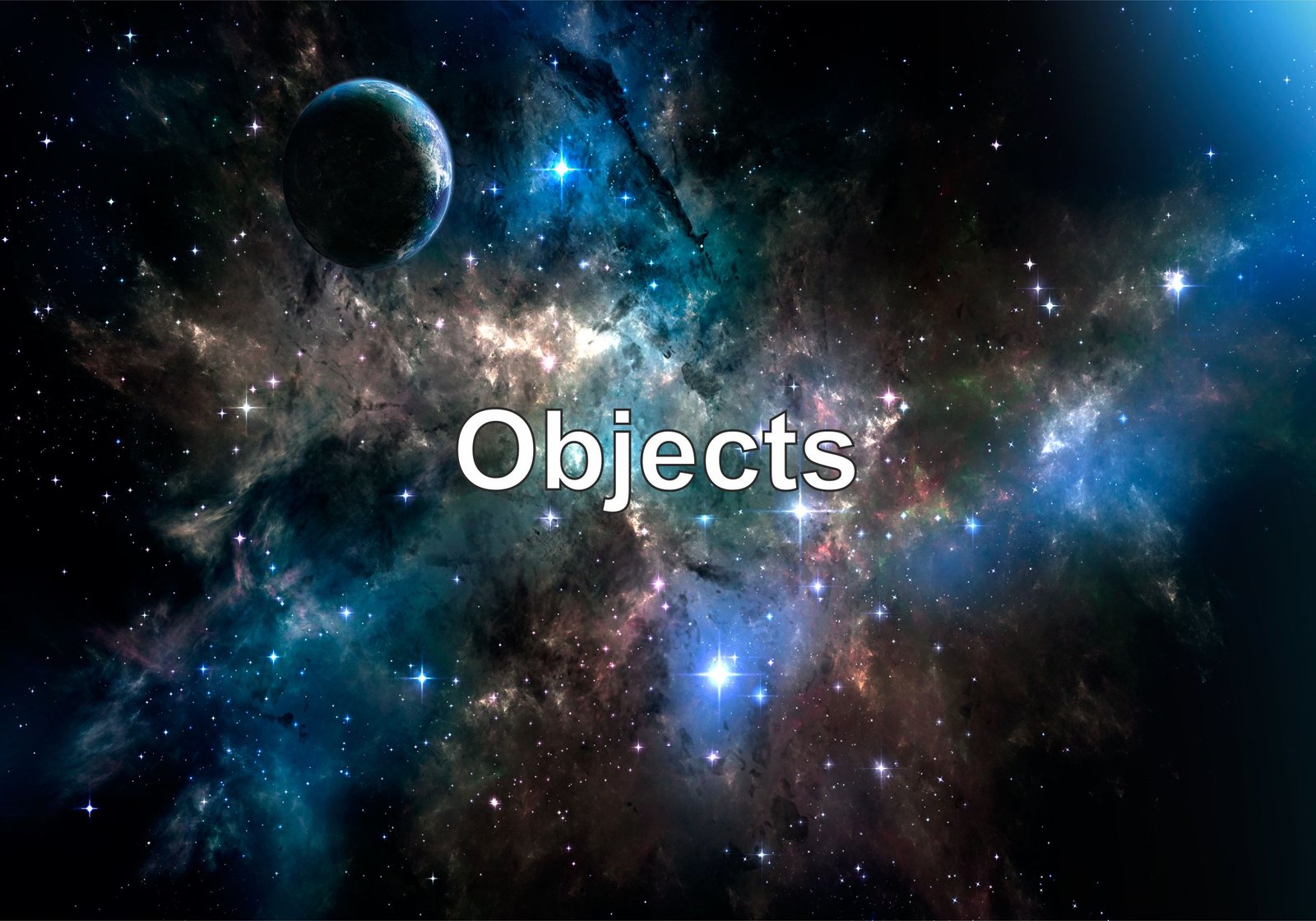
Objects – The study of astronomy involves all of the objects outside the Earth atmosphere. These include the sun, Moon, planets, comets, stars, galaxies, and all other matter in the universe. People known as astronomers have studied these objects for thousands of years.
oooo

Laws of Nature – Gravitation, Matter and Light all interactions in the Universe are governed by four fundamental forces.
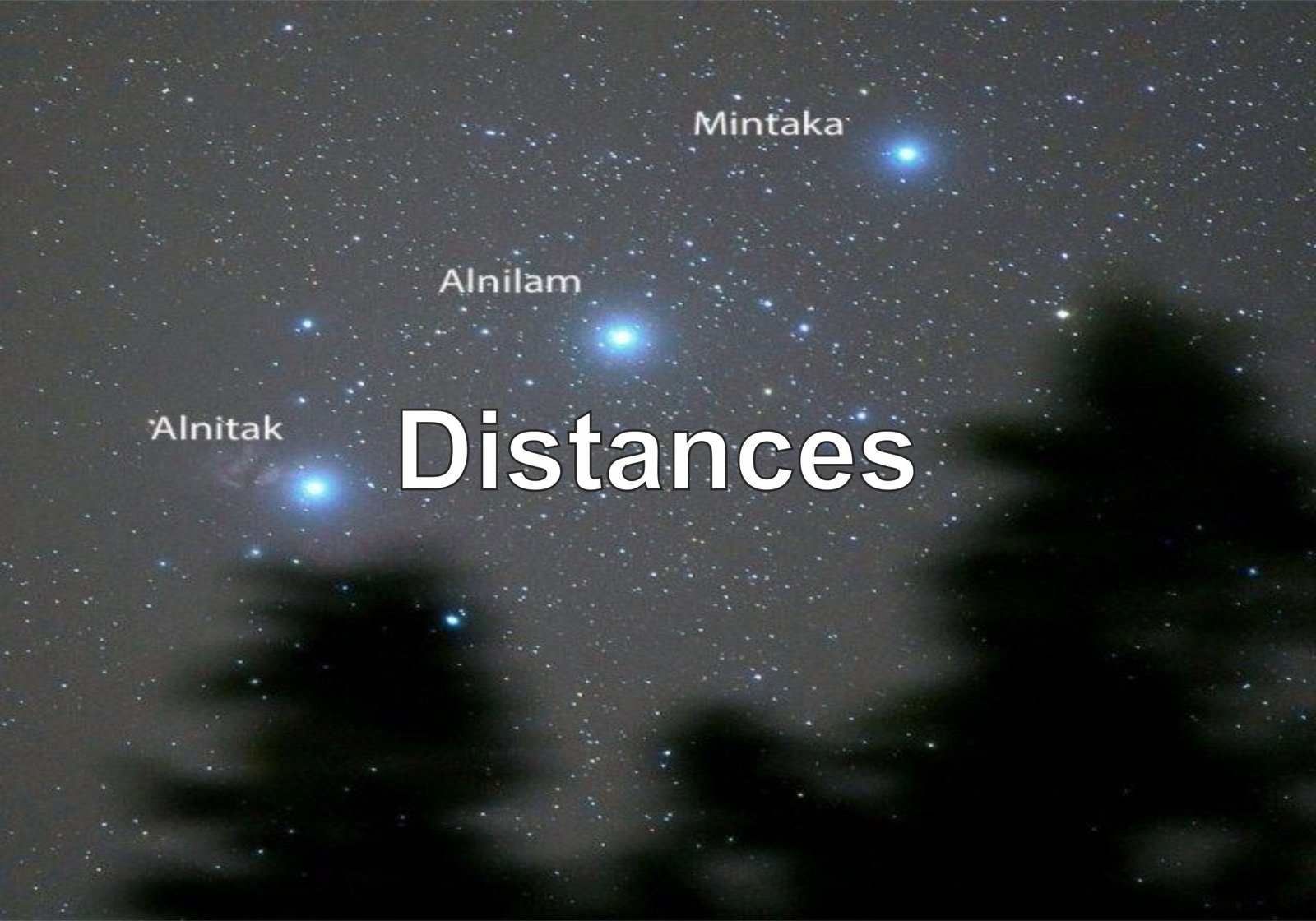
Distances – To measure the distance of a star, astronomers use a baseline of 1 astronomical unit (AU), which is the average distance between Earth and the sun.
oooo
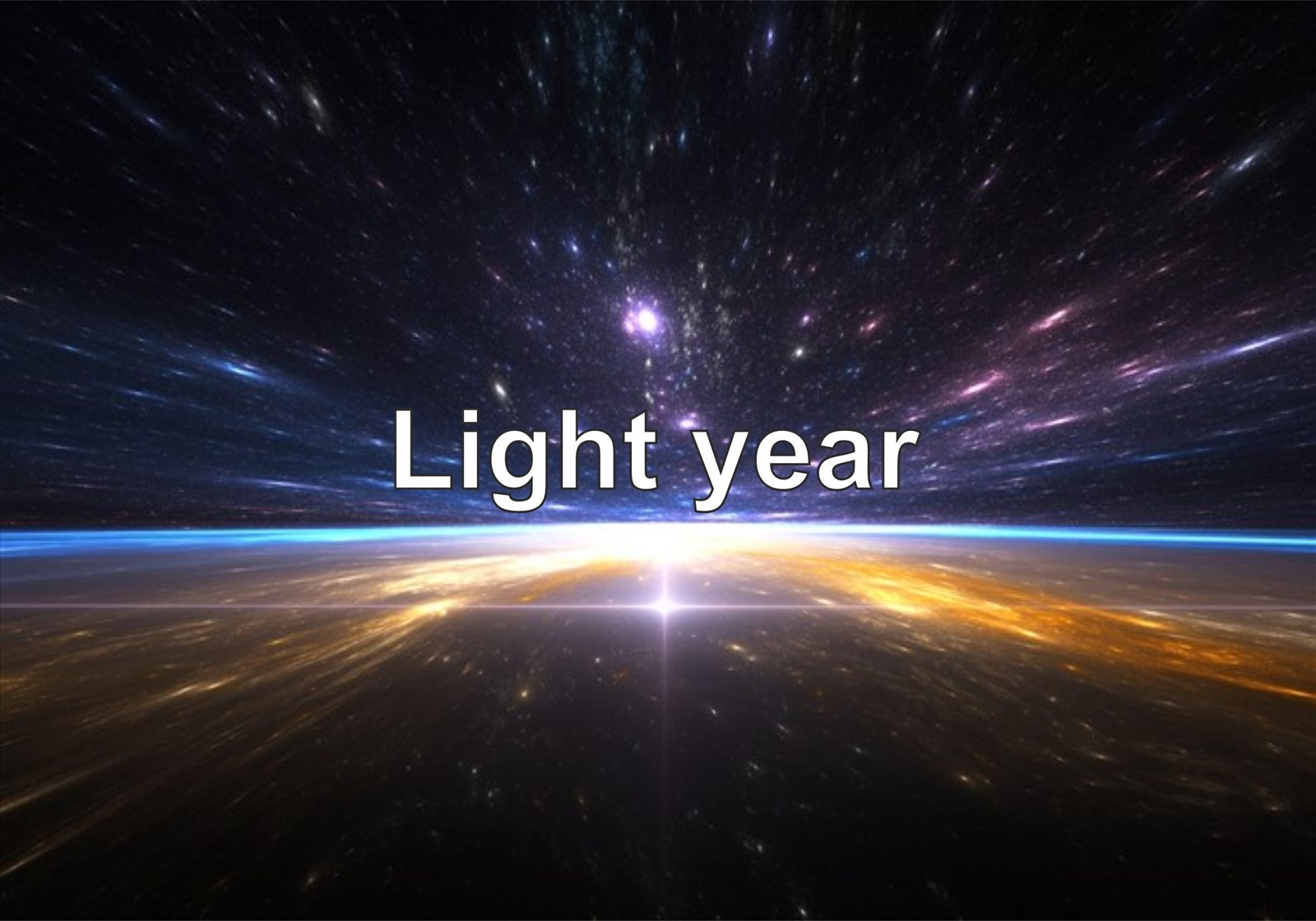
Light-year (ly)
A light-year (symbol: ly) is the distance that light travels in empty space in one year. Since the speed of light is about 186,000 miles per second (about 300,000 km per second), then a light year is about 6 trillion miles (about 10 trillion kilometres).
[7ly = 7 x 6 trillion miles = 54 trillion miles away]
oooo
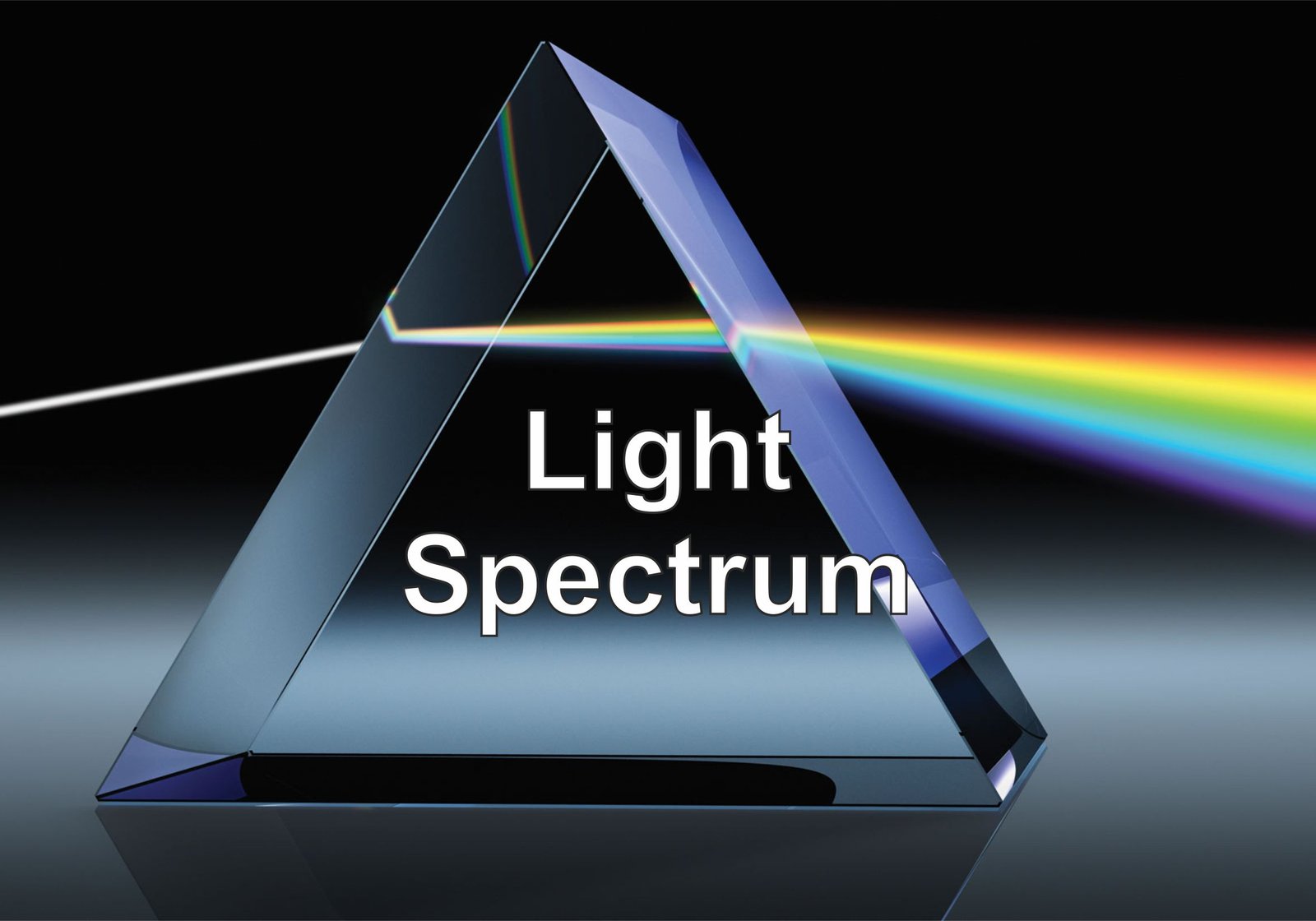
Light Spectrum
In the visible spectrum of light, the colour of the light depends on the frequency -the visible spectrum is always the same for a rainbow or the separated light from a prism. The order of colours is red, orange, yellow, green, blue, indigo, and violet.
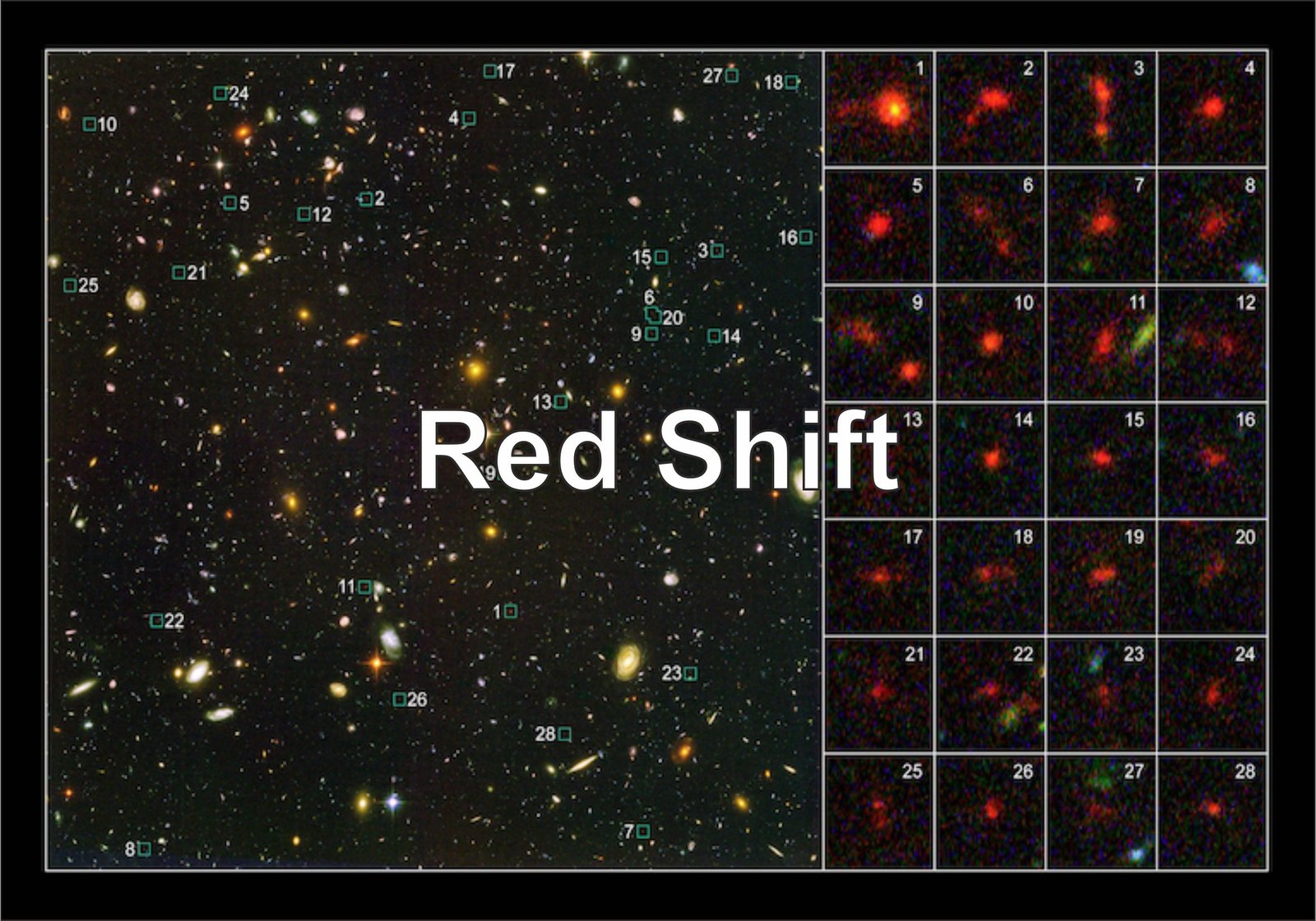
Red Shift is a key concept for astronomers; the term can be understood literally the wavelength of the light is stretched, so the light is seen as shifted towards the red part of the spectrum.
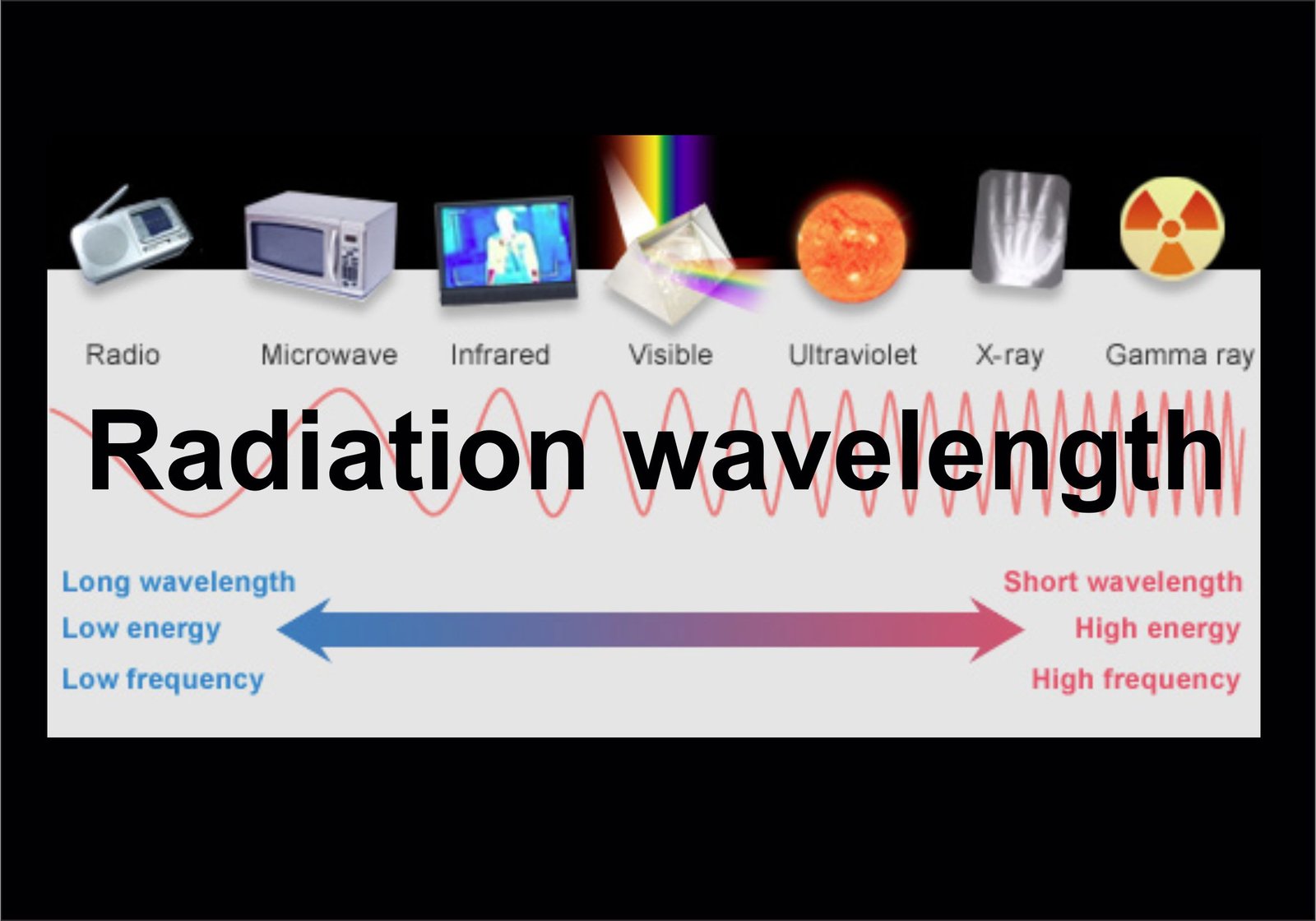
Radiation wavelength – Forms of electromagnetic radiation like radio waves, light waves or infrared (heat) waves make characteristic patterns as they travel through space each wave has a certain shape and length. The distance between peaks (high points) is called wavelength.
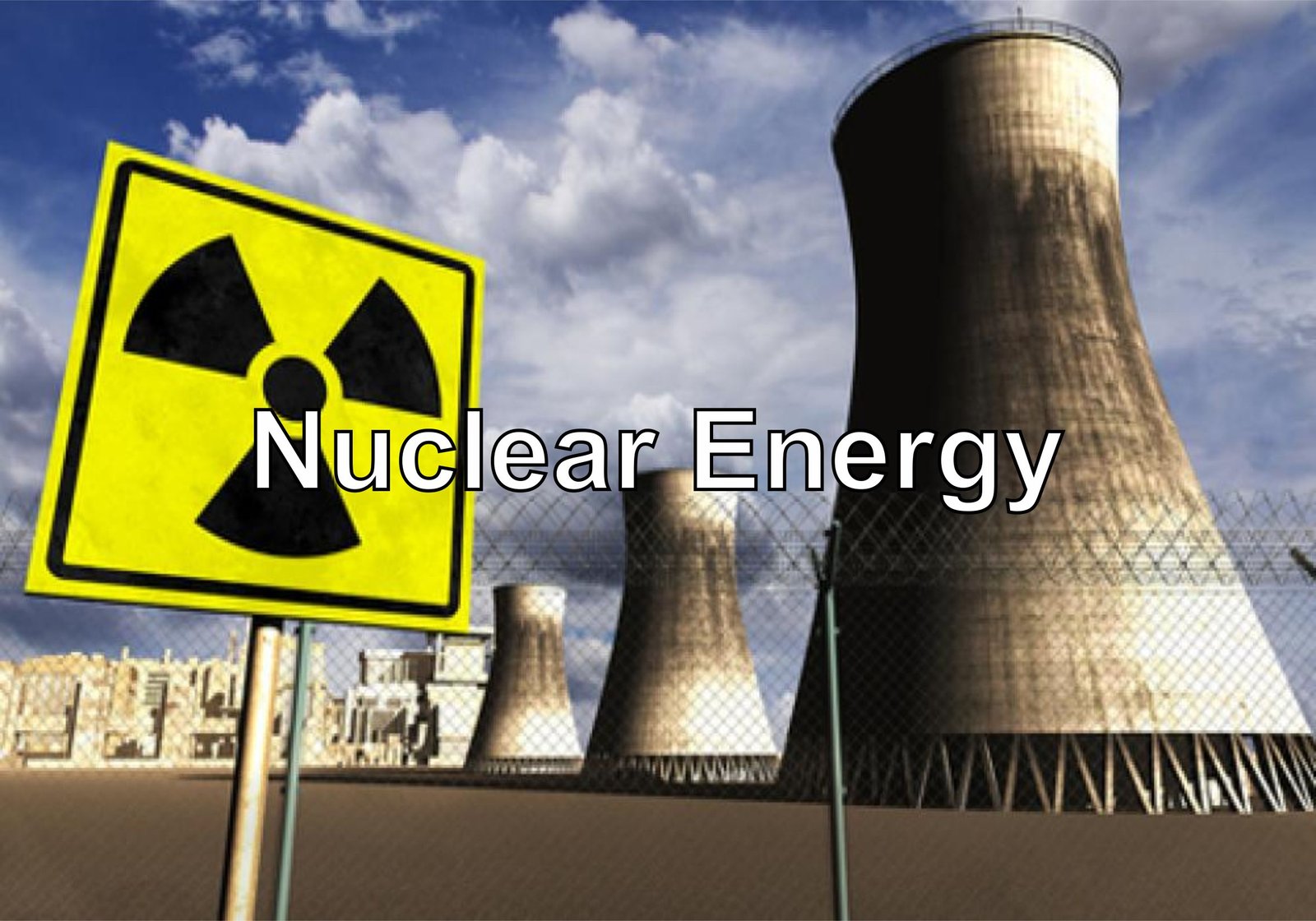
Nuclear Energy is the energy that holds together the nucleus of atoms. Atoms are the most simple blocks that make up matter. Every atom has in its centre a very small nucleus. Normally, nuclear energy is hidden inside the atoms. The energy released during nuclear fission or fusion, especially when used to generate electricity.
o
o
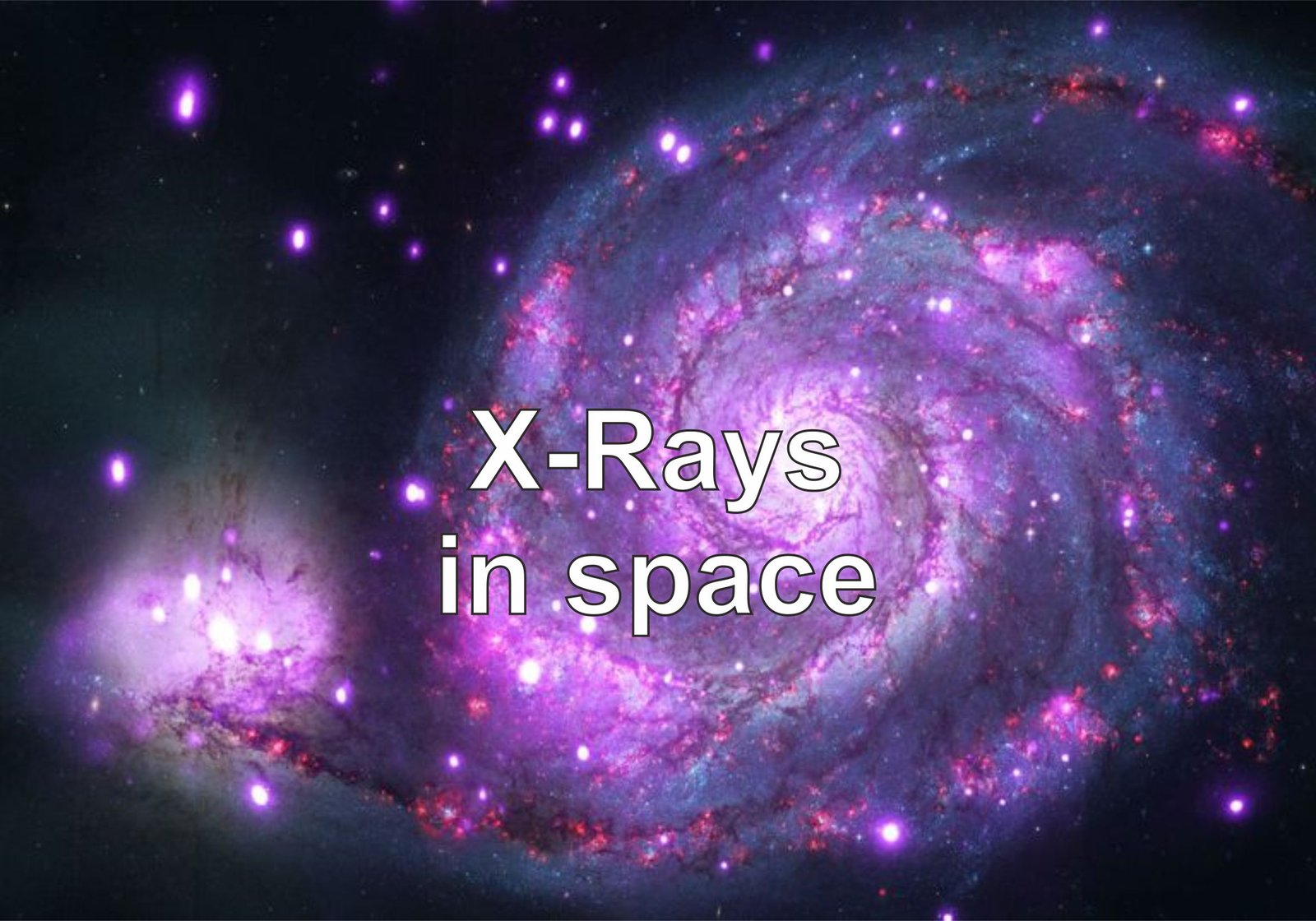
X-Rays in space – Many things in space give off X-rays, among them are black holes, neutron stars, binary star systems, supernova remnants, stars, the Sun, and even some comets! These electrons move along the Earth’s magnetic field and eventually strike the Earth ionosphere, causing the X-ray emission.
oooo
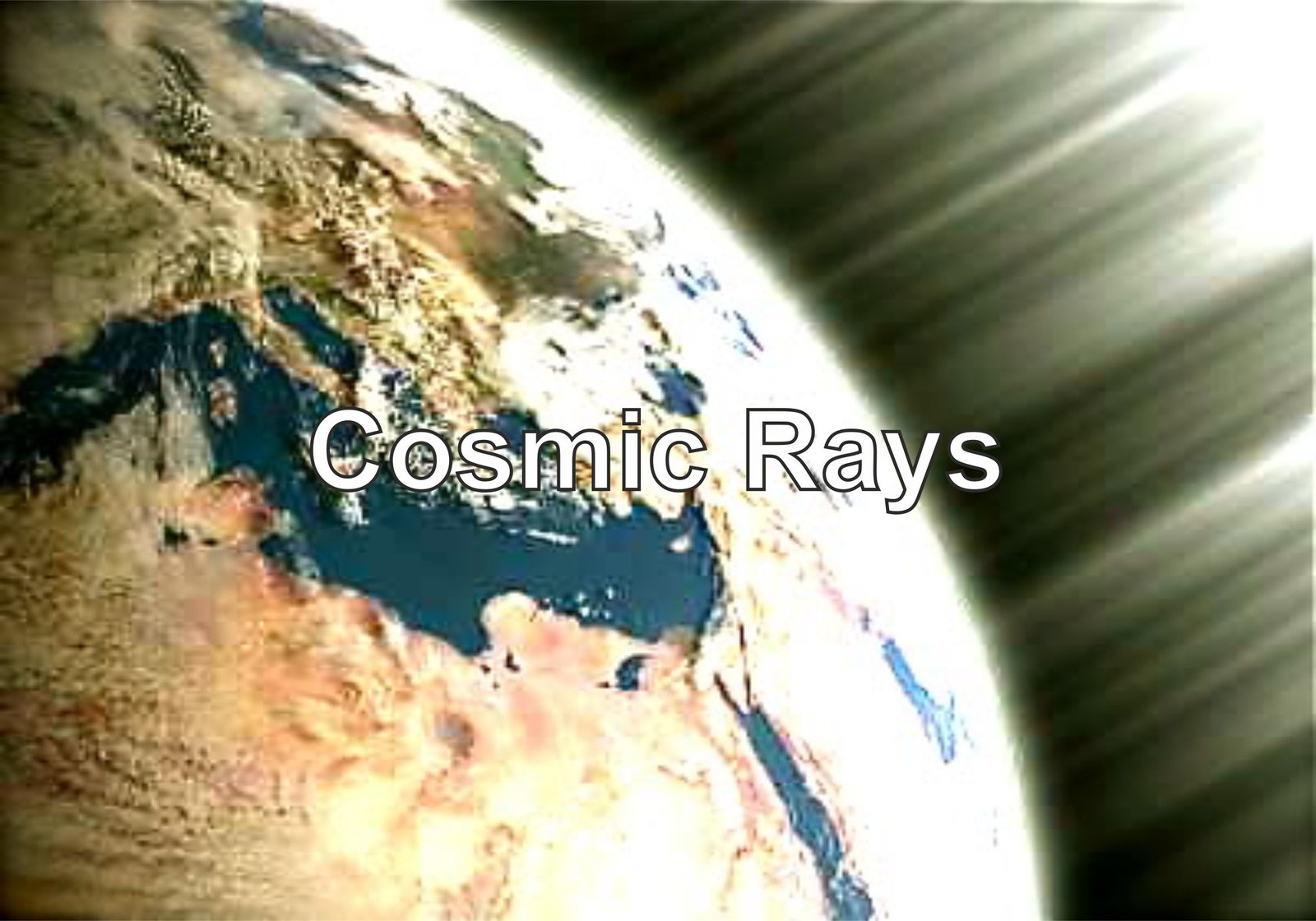
Comic Rays are high-energy protons and atomic nuclei which move through space at nearly the speed of light. They originate from the sun, from outside of the solar system, and from distant galaxies.
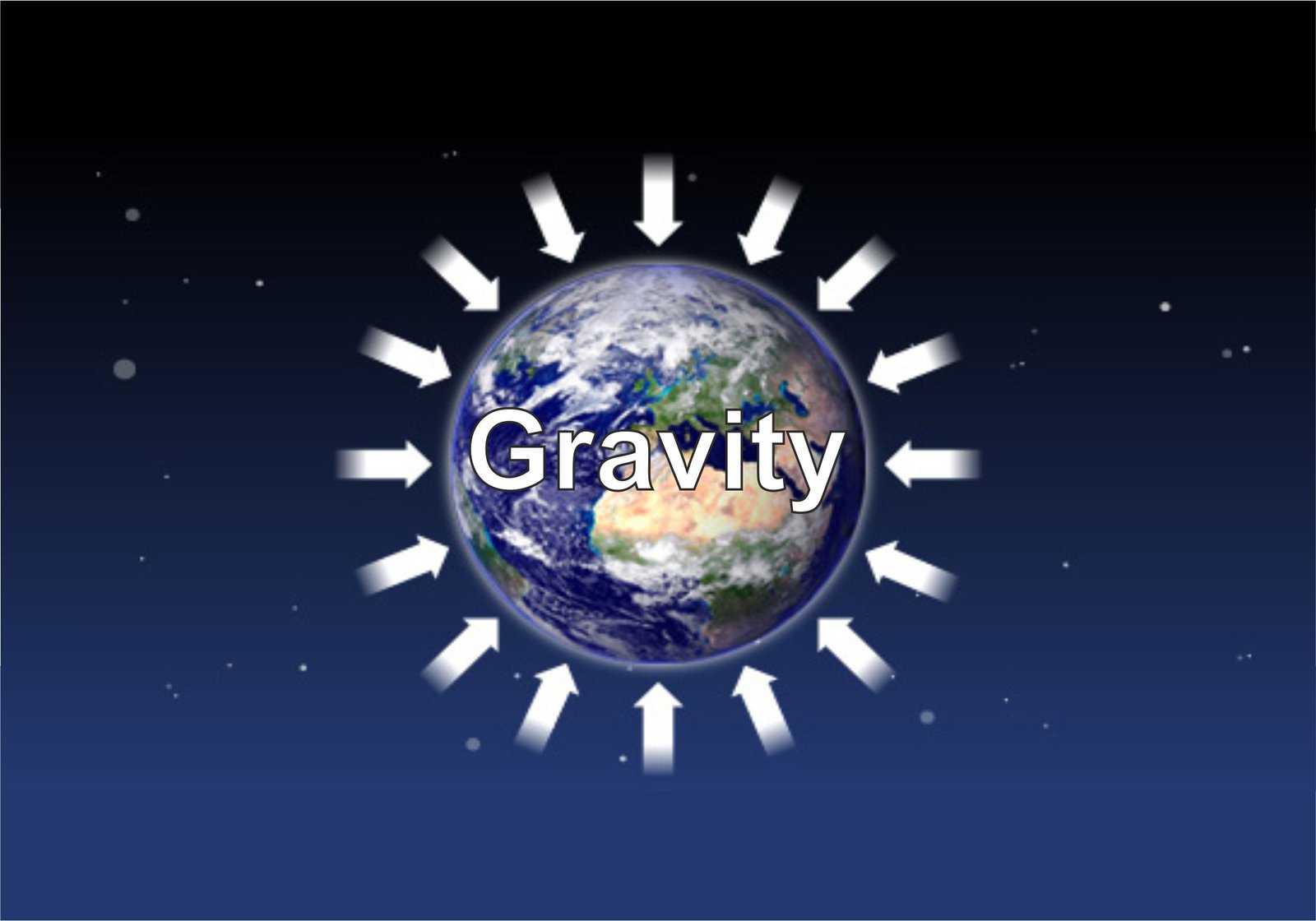
Gravity – According to physics; the force that attracts a body towards the centre of the earth, or towards any other physical body having mass.
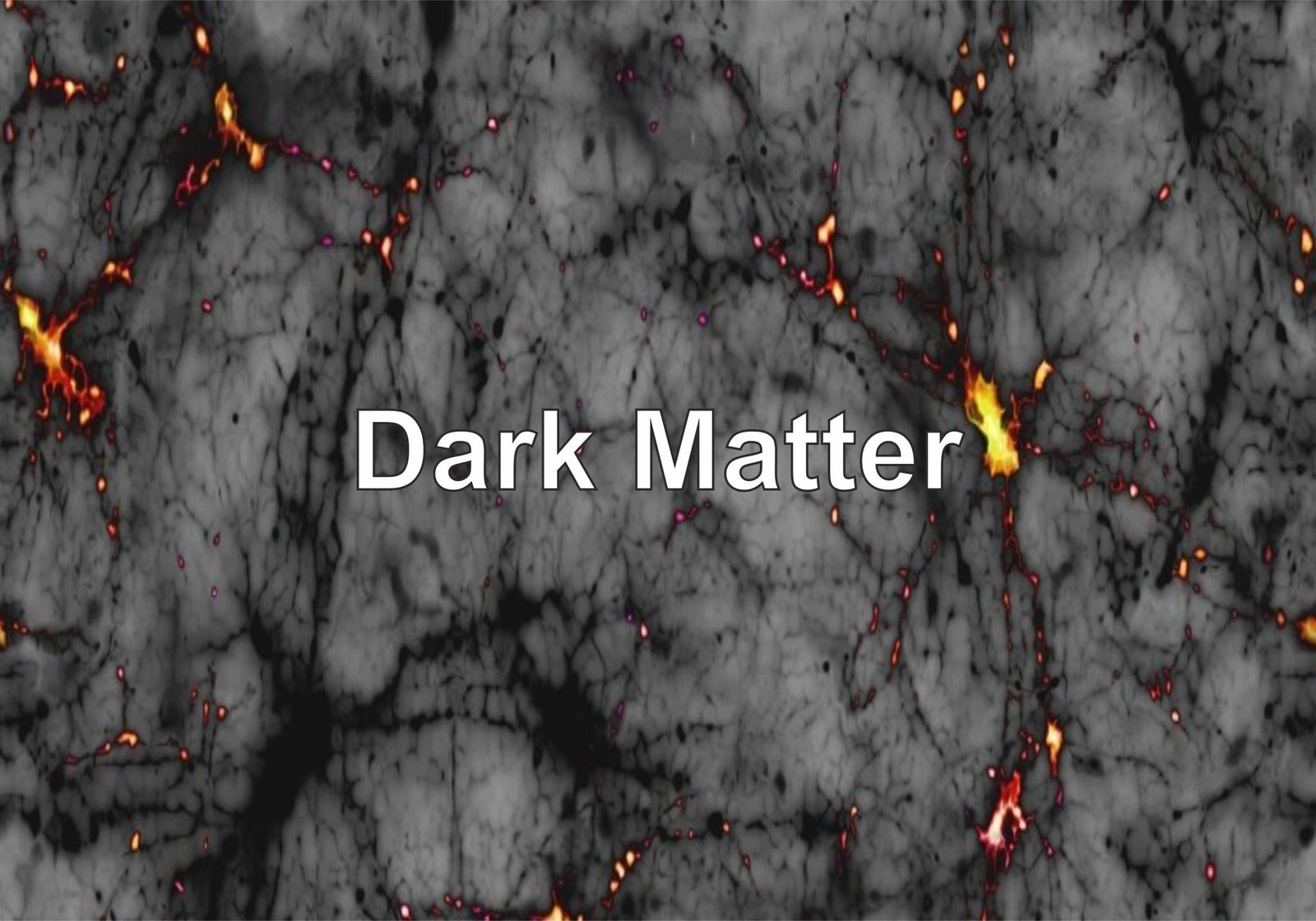
Dark Matter is composed of particles that do not absorb, reflect, or emit light, so they cannot be detected by observing electromagnetic radiation. Dark matter is material that cannot be seen directly. We know that dark matter exists because of the effect it has on objects that we can observe directly.
oooo
oooo

Neutrinos are teeny, tiny, nearly massless particles that travel at near light speeds. Born from violent astrophysical events like exploding stars and gamma ray bursts, they are fantastically abundant in the universe, and can move as easily through lead as we move through air.

Atoms – An atom is a fundamental piece of matter; an atom itself is made up of three tiny kinds of particles called subatomic particles: protons, neutrons, and electrons. The protons and the neutrons make up the centre of the atom called the nucleus and the electrons fly around above the nucleus in a small cloud.
oooo
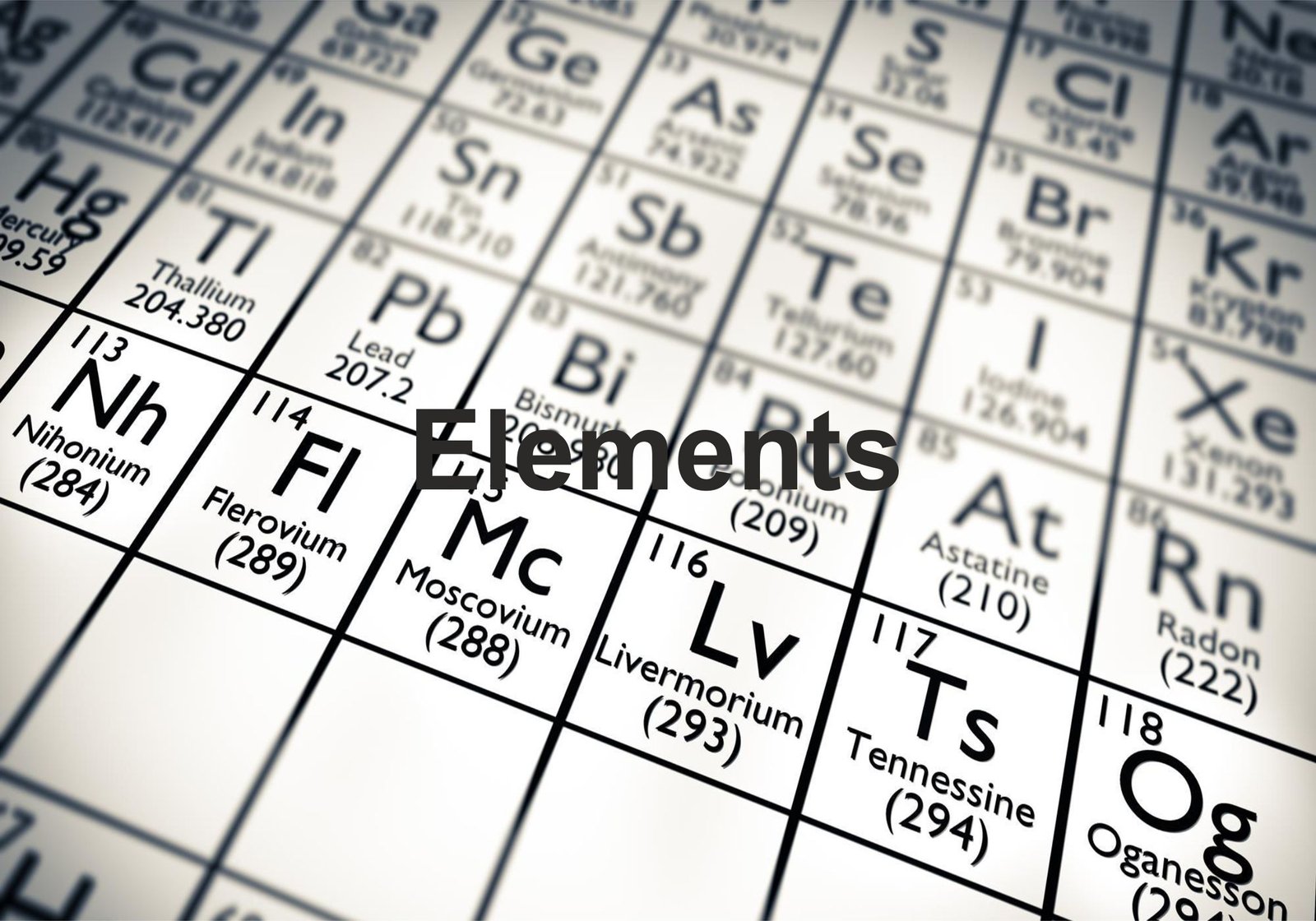
Elements – An element is a substance whose atoms all have the same number of protons: another way of saying this is that all of a particular element atoms have the same atomic number. Elements are chemically the simplest substances and hence cannot be broken down using chemical reactions.
oooo
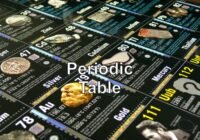
Periodic Table of the chemical elements is a list of known chemical elements -the atomic number of an element is the same as the number of protons in that particular nucleus of an atom. In the periodic table the elements are arranged into periods and groups to show a row of elements across the table is called a period.
oooo

Life is the aspect of existence that processes, acts, reacts, evaluates, and evolves through growth (reproduction and metabolism) -the crucial difference between life and non-life (or non-living things) is that life uses energy for physical and conscious development.
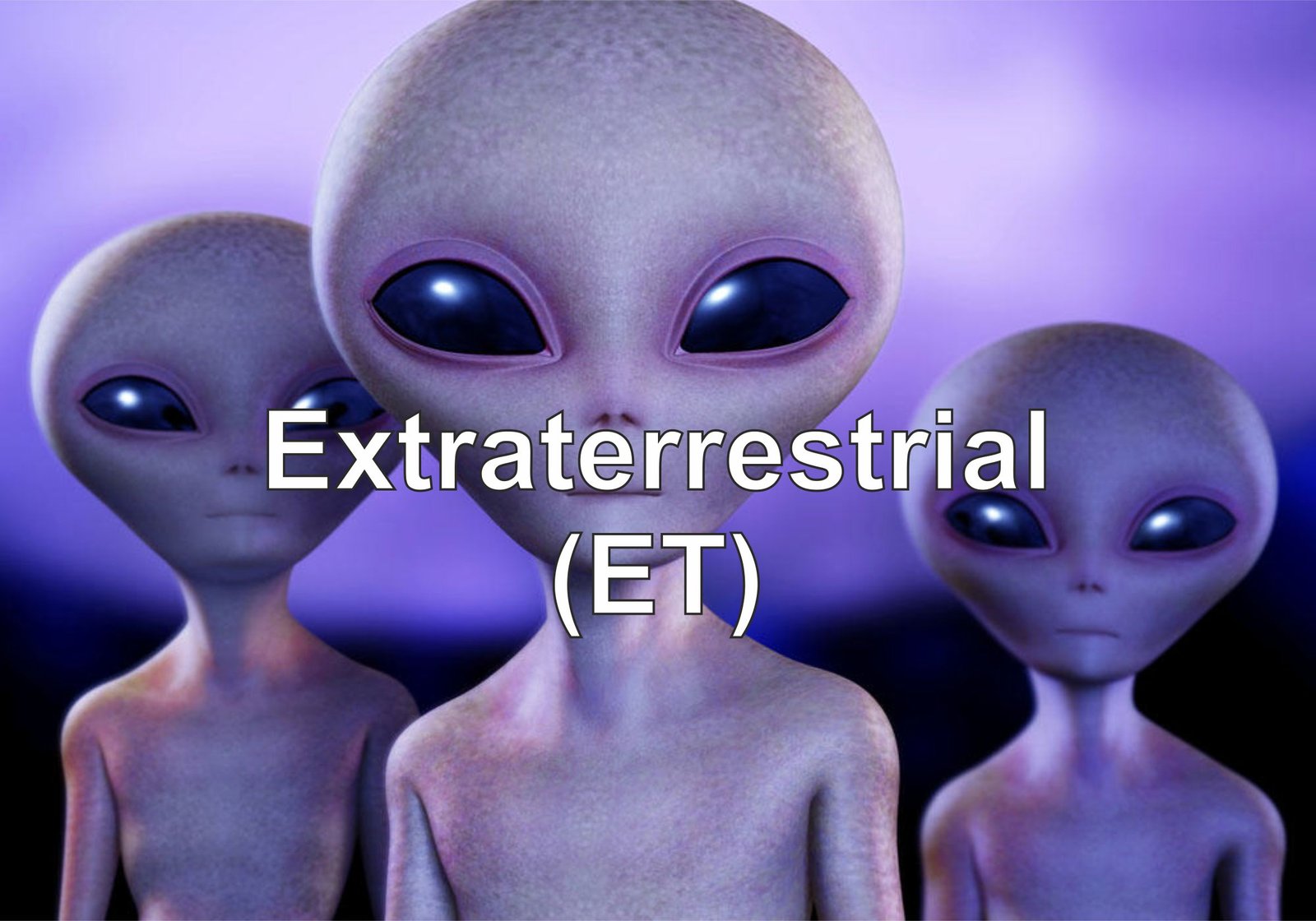
Extraterrestrials (ET) – Fictional, deliberately, imaginary, or imagined, being from outer space? Who knows, but we are hunting extraterrestrials every day.